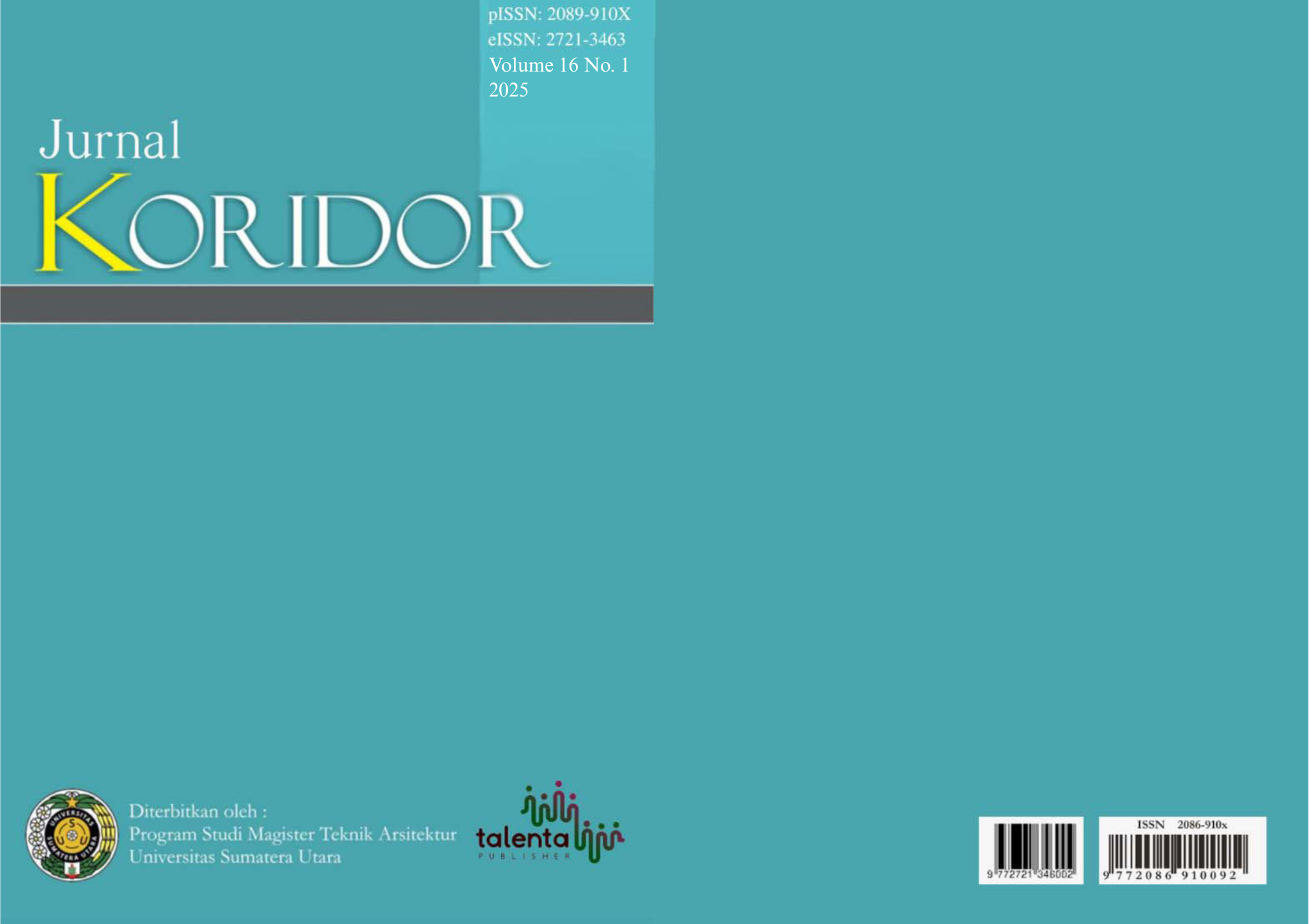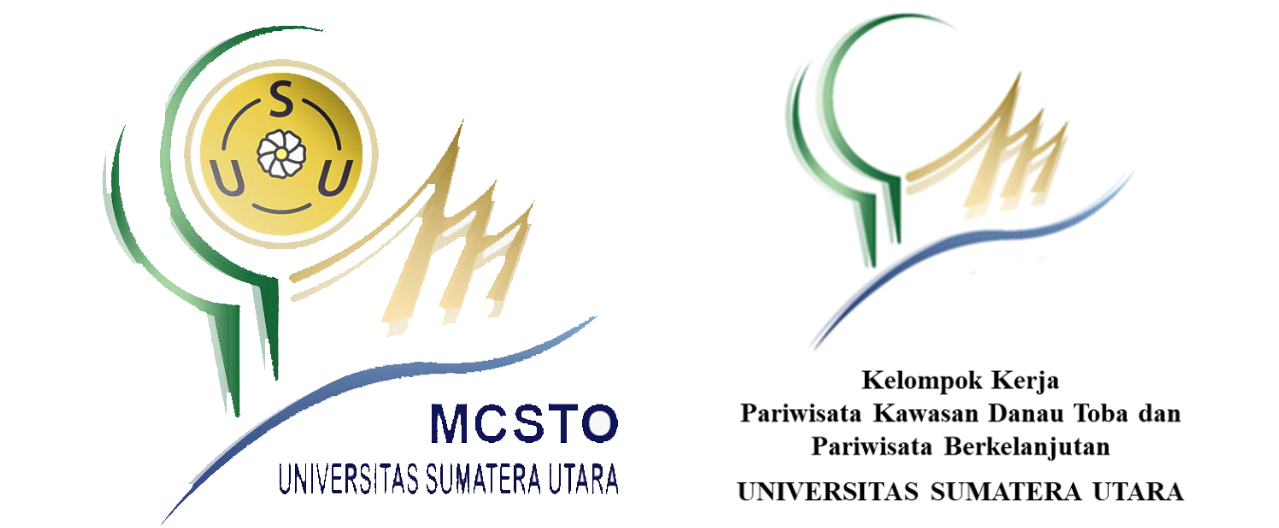Representation of Residential Socio-Spatial Segregation (Case Study: Parasite Movie)
DOI:
https://doi.org/10.32734/koridor.v16i1.19780Keywords:
Settlement, Film, Parasite, Segregation, Socio-SpatialAbstract
Architecture and film are two disciplines that are closely intertwined in discussing and visualising a space. Film cannot stand alone without architecture, architecture plays a role in building space in film by being used to convey stories, shape perceptions, and depict social reality. This research will examine the depiction of socio-spatial separation in Parasite and compare it with the physical setting of the area in Seongbuk-dong and Ahyeon-dong, Seoul, South Korea. The research method used is descriptive qualitative analysis using a semiotic approach. The results show that the film Parasite effectively depicts the contrasting differences between decent neighbourhoods and slums in terms of geography, land use, settlement quality, and accessibility. Seongbuk-dong, an aristocratic neighbourhood, offers high-quality facilities and easy access, while Ahyeon-dong, a slum, has low-quality services and limited accessibility. The conclusion of this study confirms that architecture in film has an important role in reflecting and critiquing social phenomena such as socio-spatial segregation, and emphasises the importance of more inclusive urban planning in reducing social inequality
Downloads
Downloads
Published
How to Cite
Issue
Section
License
Copyright (c) 2025 Jurnal Koridor

This work is licensed under a Creative Commons Attribution-ShareAlike 4.0 International License.












